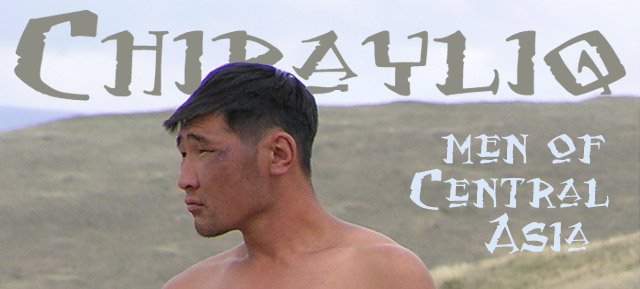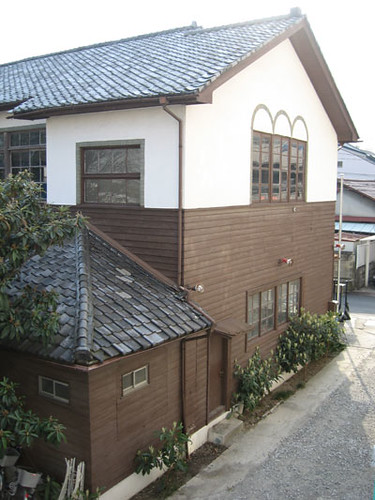
 Fyodor Matveyevitch Okhlopkov was born 1908 in the remote village of Krest-Khaldzhay of what is now Tomponskiy Ulus of the Sakha Republic. He worked at a Kolkhoz farm, as a machine-operator, hunter and gold miner. In 1941, when the war against Fascist Germany broke out, Okhlopkov and his brother joined the army, and his brother was soon killed. Okhlopkov was at first a machine-gunner, then commander of a sub-machine gun company, and in October 1942 he became a sniper.
Fyodor Matveyevitch Okhlopkov was born 1908 in the remote village of Krest-Khaldzhay of what is now Tomponskiy Ulus of the Sakha Republic. He worked at a Kolkhoz farm, as a machine-operator, hunter and gold miner. In 1941, when the war against Fascist Germany broke out, Okhlopkov and his brother joined the army, and his brother was soon killed. Okhlopkov was at first a machine-gunner, then commander of a sub-machine gun company, and in October 1942 he became a sniper. Okhlopkov is officially credited with 429 kills. For comparison, the far more famous Vasily Zaitsev is estimated to have killed "about 400" people (242 of them verified), Ivan Sidorenko "about 500", and Lyudmila Pavlichenko is credited with 309 kills. Okhlopkov is regarded as the #7 greatest sniper of all WWII (#1 is Finnish Simo "Белая Смерть" Häyhä with 542 confirmed kills).
Okhlopkov is officially credited with 429 kills. For comparison, the far more famous Vasily Zaitsev is estimated to have killed "about 400" people (242 of them verified), Ivan Sidorenko "about 500", and Lyudmila Pavlichenko is credited with 309 kills. Okhlopkov is regarded as the #7 greatest sniper of all WWII (#1 is Finnish Simo "Белая Смерть" Häyhä with 542 confirmed kills).Of course, it's difficult to compare snipers like this, since their main interest was not to keep tally of exactly how many enemy soldiers they killed, and it would have been suicidal to go check each fallen body to see if they had really died. So sniper tallies are more of a propaganda thing.
In any case, Okhlopkov was regarded as one of the greatest snipers in the Soviet army. The army newspaper Defender of the Fatherland wrote about him during the war: "He has the keen eye of a hunter, the hard hand of a miner, and a big, warm heart."
However, commanders didn't pay much attention to the contributions of indigenous people from remote republics. After the war, Okhlopkov quietly went back to Yakutia to work at a Sovkhos.
 But a veterans group petitioned the government, and in 1965 Okhlopkov was finally made Hero of the Soviet Union and awarded an Order of Lenin, on the 20th anniversary of the end of the war.
But a veterans group petitioned the government, and in 1965 Okhlopkov was finally made Hero of the Soviet Union and awarded an Order of Lenin, on the 20th anniversary of the end of the war.Only two years later, Okhlopkov died at the age of 59 years. He had been weakened by the many injuries he had sustained in the war.
An article about Fyodor Okhlopkov by Carter W Park, who travelled to Sakha in business, discovered Okhlopkov at a local military museum, and tried to find out more about him through reluctant relatives.
The top photo is from gazetayakutia.ru.
The bottom photo, where the chairman of the Presidium of the Supreme Soviet of Yakut ASSR, A.Y. Ovchinnikova, hands Okhlopkov the Star of the Hero in 1965, is from the archives of the Sakha administration, found on sakha.gov.ru.


















































